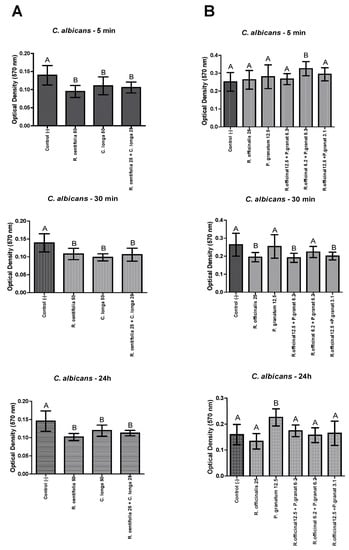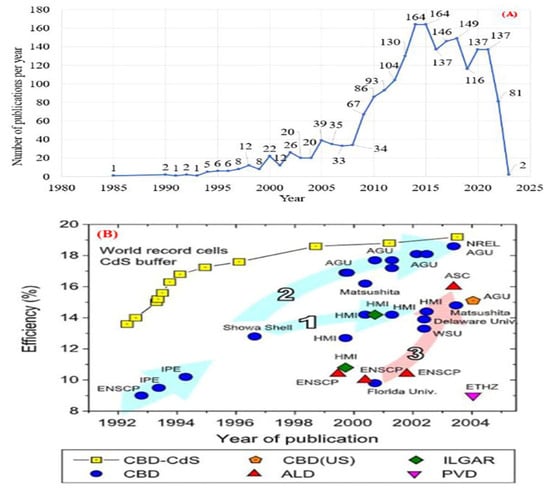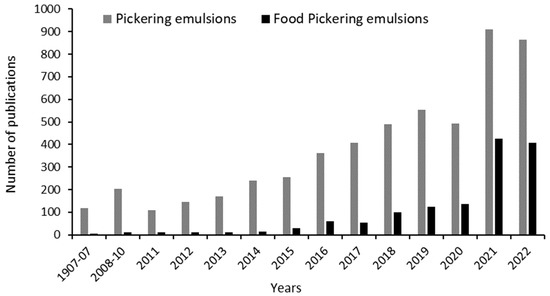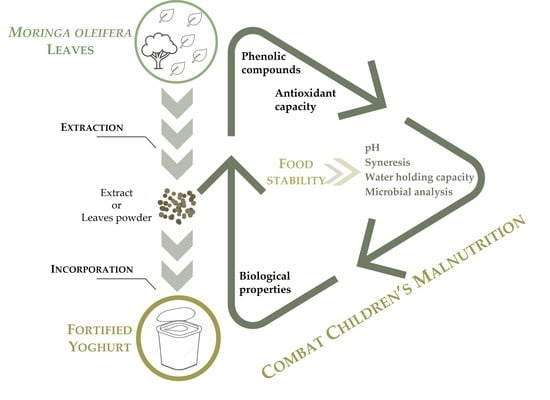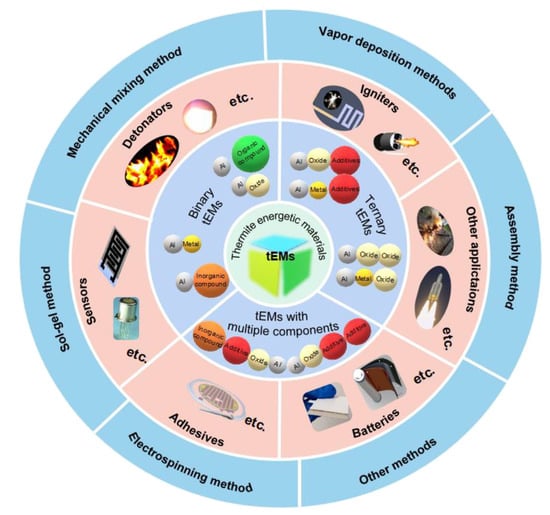Molecules 2023, 28(6), 2874; https://doi.org/10.3390/molecules28062874 - 22 Mar 2023
Cited by 8 | Viewed by 6162
Abstract
►
Show Figures
The non-nutritional health benefits of sprouts are unconfirmed. Thus, nine sprout methanolic extracts were tested for phytoconstituents and antioxidant activity. The TPC, TCC, TFC, TAC, and TALC were measured. ABTS and DPPH radical scavenging and ferric-reducing antioxidant power assays were used to assess
[...] Read more.
The non-nutritional health benefits of sprouts are unconfirmed. Thus, nine sprout methanolic extracts were tested for phytoconstituents and antioxidant activity. The TPC, TCC, TFC, TAC, and TALC were measured. ABTS and DPPH radical scavenging and ferric-reducing antioxidant power assays were used to assess the antioxidant activity. HPLC detected gallic acid, vanillin, syringic acid, chlorogenic acid, caffeic acid, and rutin in the extracts. The sprout extracts contained six compounds, with caffeic acid being the most abundant. Gallic acid, syringic acid, chlorogenic acid, caffeic acid, vanillin, and rutin were highest in soybean, black sesame, mustard, sunflower, white radish, and black sesame sprouts, respectively. Sunflower sprouts had the highest level of TCC while soybean sprouts had the highest level of TFC, Taiwanese morning glory had the highest level of TPC, mustard sprouts had the highest level of TALC, and black sesame sprouts had the highest level of TAC. Taiwanese morning glories scavenged the most DPPH and ABTS radicals. Colored and white radish sprouts had similar ferric-reducing antioxidant power. Antioxidation mechanisms varied by compound. Our findings demonstrated that sprouts have biological effects, and their short time for mass production offers an alternative food source for health benefits, and that they are useful for future research development of natural products and dietary supplements.
Full article



